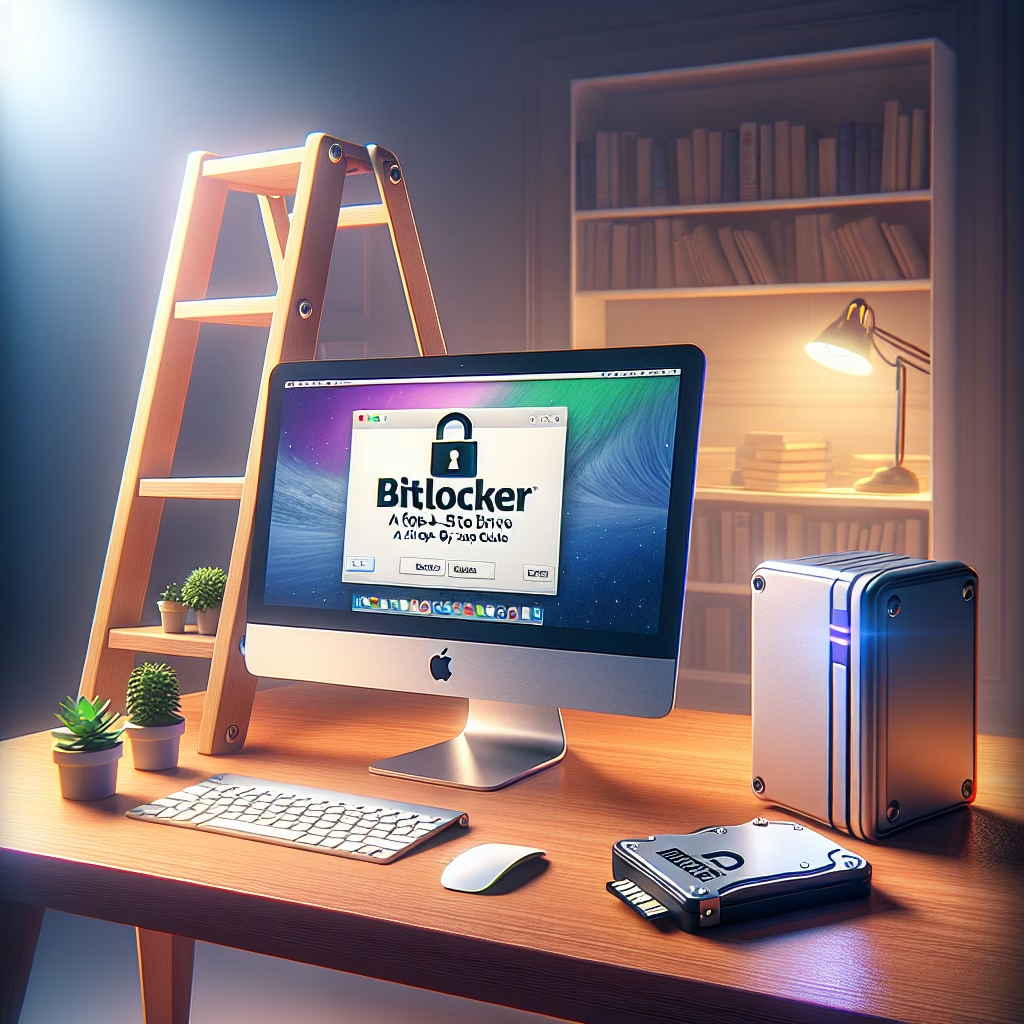Accessing BitLocker To Go Drive on Mac
Summary:
BitLocker To Go is a Windows encryption feature that secures data on external storage devices. Accessing a BitLocker-encrypted drive on a Mac requires special software since macOS does not natively support BitLocker. Users typically encounter this scenario when switching between Windows and Mac systems, requiring third-party decryption tools. Common triggers include not having the BitLocker password or recovery key, mounting errors, or unsupported file system formats like NTFS. Understanding these constraints ensures secure cross-platform data access.
What This Means for You:
- Immediate Impact: Without the right tools, you cannot open or modify files on a BitLocker To Go drive on Mac, disrupting workflows that depend on cross-platform compatibility.
- Data Accessibility & Security: Always store the BitLocker recovery key securely, as it is essential for accessing the drive if the password is forgotten.
- System Functionality & Recovery: Use trusted third-party software like M3 BitLocker Loader for macOS or Paragon NTFS to enable read/write access to encrypted drives.
- Future Outlook & Prevention Warning: Format external drives with exFAT (instead of NTFS) if frequently switching between macOS and Windows, as it ensures better compatibility without encryption barriers.
Explained: Accessing BitLocker To Go Drive on Mac
Solution 1: Using M3 BitLocker Loader for macOS
M3 BitLocker Loader is a commercial utility that unlocks BitLocker-encrypted drives on macOS. After installation, connect the drive and launch the software. Enter the password or recovery key when prompted. The tool temporarily mounts the drive, allowing file access. Note that macOS may still restrict write permissions on NTFS-formatted volumes. For full functionality, pair this tool with an NTFS driver like Paragon.
Solution 2: Decrypting Drives via Windows VM
Running a Windows virtual machine (VM) on the Mac (e.g., via Parallels or VirtualBox) allows native BitLocker decryption. Attach the encrypted drive to the VM, then use the Windows File Explorer to unlock it with the password or recovery key. Ensure the VM software supports USB passthrough. This method avoids third-party decryption tools but requires a licensed Windows installation and sufficient system resources.
Solution 3: Using the Recovery Key for Emergency Access
If the password is unavailable, the 48-digit recovery key (stored during BitLocker setup) is critical. On the Mac, open a terminal and use the diskutil list command to identify the drive, then attempt decryption with tools like libbde (part of the libyal library). For GUI-based recovery, tools like Elcomsoft Forensic Disk Decryptor can process the key but require forensic software expertise.
Solution 4: Data Recovery via Cross-Platform Tools
If the drive is corrupted or partially accessible, tools like Disk Drill or R-Studio can recover files from BitLocker volumes—though decryption is still required first. For advanced cases, create a disk image using ddrescue on macOS, then decrypt it in a Windows environment using manage-bde -unlock commands.
People Also Ask About:
- Can macOS read BitLocker drives natively? No, macOS requires third-party software to decrypt BitLocker To Go drives.
- Is M3 BitLocker Loader safe to use? Yes, but download it only from the developer’s official website to avoid malware.
- What if I lose my recovery key? Without the key, data recovery becomes nearly impossible unless brute-force or forensic tools are used.
- Does BitLocker To Go work on exFAT drives? Yes, but exFAT lacks native encryption; use APFS/HFS+ on macOS or NTFS on Windows for better security.
Other Resources:
- Microsoft Docs: BitLocker Overview
- Paragon Software: NTFS for Mac Solutions
Suggested Protections:
- Always store the BitLocker recovery key in a secure password manager or printed hard copy.
- Format drives as exFAT if frequently transferring files between Windows and macOS systems.
- Regularly back up BitLocker-encrypted data to an unencrypted macOS-compatible drive.
- Use enterprise-grade encryption tools like VeraCrypt for cross-platform encryption needs.
Expert Opinion:
BitLocker To Go exemplifies the challenges of cross-platform encryption in heterogeneous IT environments. While third-party tools bridge the compatibility gap, relying on them introduces security and reliability risks. Organizations should standardize encryption tools or adopt platform-neutral alternatives like VeraCrypt to streamline operations without compromising security.
Related Key Terms:
- BitLocker To Go decryption
- Mac BitLocker access
- NTFS on macOS
- BitLocker recovery key
- M3 BitLocker Loader
- Cross-platform encryption
- exFAT vs. NTFS
*Featured image sourced by DallE-3





